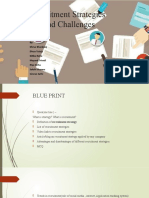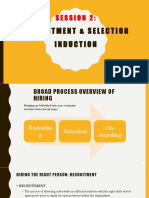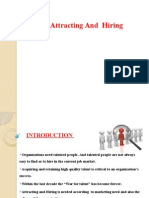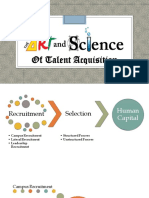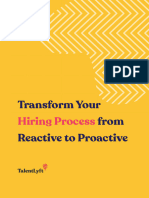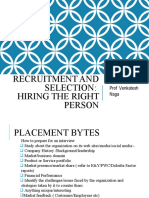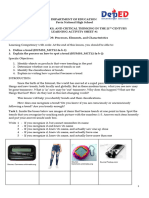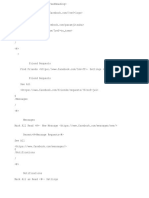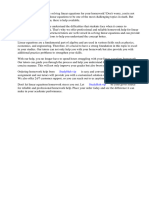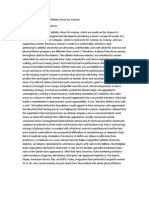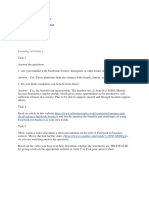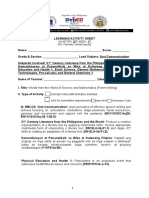0% found this document useful (0 votes)
22 views57 pagesTalent Sourcing
The document outlines various sources and strategies for recruitment, distinguishing between internal and external methods. It emphasizes the importance of a structured recruitment process, including stages like application generation and selection criteria, while also highlighting the role of technology and data analytics in improving hiring outcomes. Additionally, it discusses trends in talent acquisition, such as the significance of employer branding and the effectiveness of employee referrals and social media in attracting candidates.
Uploaded by
Roshan Bodhisatwa MaharanaCopyright
© © All Rights Reserved
We take content rights seriously. If you suspect this is your content, claim it here.
Available Formats
Download as PDF, TXT or read online on Scribd
0% found this document useful (0 votes)
22 views57 pagesTalent Sourcing
The document outlines various sources and strategies for recruitment, distinguishing between internal and external methods. It emphasizes the importance of a structured recruitment process, including stages like application generation and selection criteria, while also highlighting the role of technology and data analytics in improving hiring outcomes. Additionally, it discusses trends in talent acquisition, such as the significance of employer branding and the effectiveness of employee referrals and social media in attracting candidates.
Uploaded by
Roshan Bodhisatwa MaharanaCopyright
© © All Rights Reserved
We take content rights seriously. If you suspect this is your content, claim it here.
Available Formats
Download as PDF, TXT or read online on Scribd
/ 57






